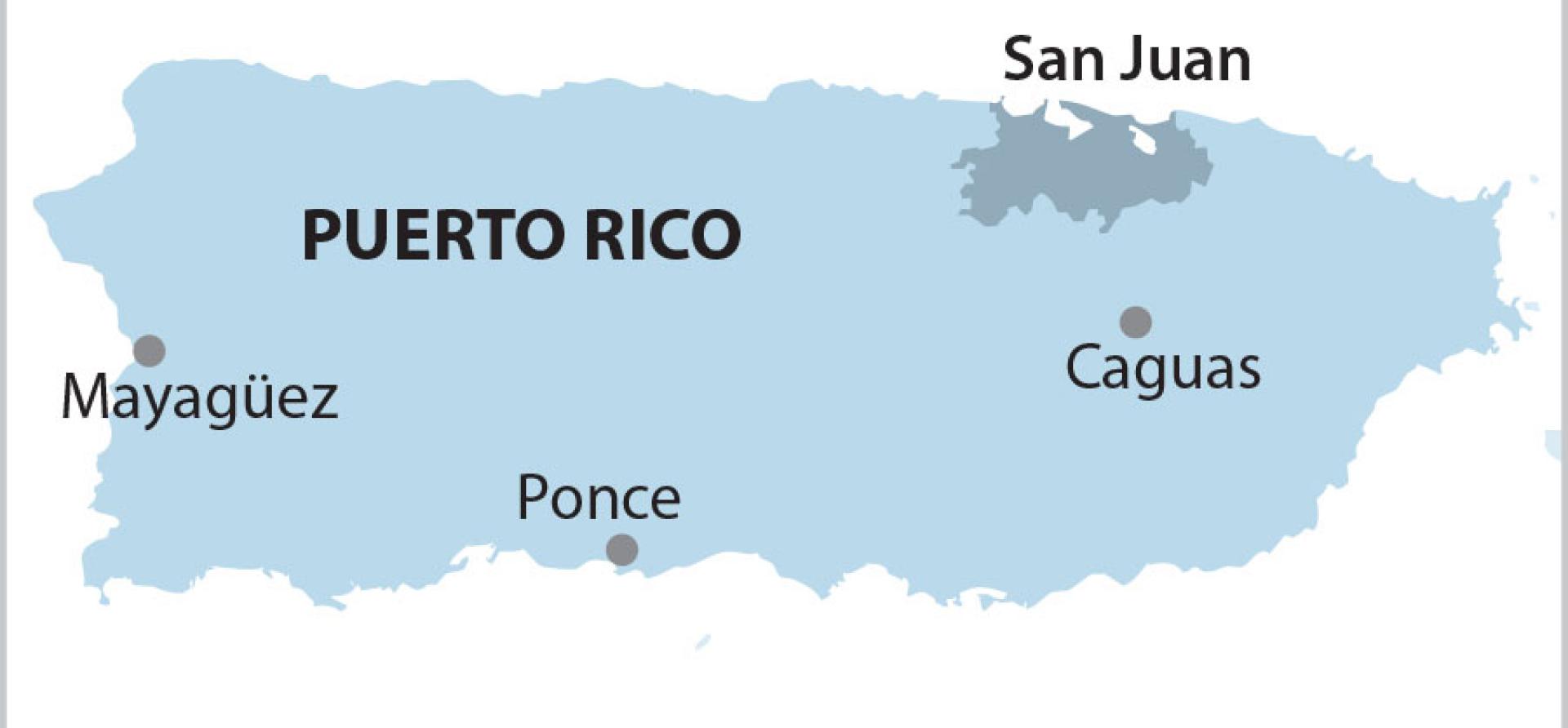IEEFA Letter to Biden Administration: Invest FEMA funds in resilient Puerto Rico electric grid

To Whom It May Concern:
I am writing to express my concern with the pending use of billions of dollars of FEMA funds for Puerto Rico’s electrical system. Puerto Rico’s plan is bad economic and fiscal policy and makes a mockery of the Biden administration’s climate policy goals of decarbonizing the nation’s electricity sector by 2035.
The Puerto Rico government has proposed a 10-year plan to use over $14 billion in FEMA funds to rebuild essentially the same centralized grid that failed during Hurricane Maria. The plan earmarks $0 of federal funds for renewable energy. The CEO of PREPA testified to Congress on October 6th in support of using federal funds for new imported liquefied natural gas (LNG) projects.
Professional technical studies support the rapid deployment of rooftop solar and storage as the best way to provide resiliency to households, dramatically reduce the island’s dependence on fossil fuels, and lower and stabilize electric rates – at a lower capital cost than the poorly designed plan made by PREPA, the Island’s utility. The Puerto Rico Energy Bureau has also questioned the level of proposed transmission and distribution system spending by PREPA. PREPA never showed that its proposed investments in system hardening were cost-effective relative to other alternatives. The sad history of spending billions and having nothing to show for it in Puerto Rico is about to be repeated.
Since 2018, PREPA and the Financial Oversight and Management Board (FOMB) have identified an expansion of renewable energy as the linchpin to Budget balance for the authority. The current fuel budget made up of coal, oil and natural gas must be replaced or Puerto Rico’s economy will continue to be held captive to market volatility and price spikes. This year alone price spikes in natural gas and oil have driven four electric rate increases.
Puerto Rico’s current path of rebuilding the centralized grid and privatizing the island’s power plants will prolong the island’s dependence on fossil fuels, which is the leading cause of rising electric rates. Four years after Hurricane Maria, Puerto Rico continues to generate more than 95% of its electricity from fossil fuels; although the transition to renewable energy has been identified in formal budget and energy plans as a central part of the solution, next to no progress has been made. The federal funds available in this moment represent the best, and only, opportunity for Puerto Rico to realize this vision. I urge your offices to work together to ensure that this opportunity is not wasted.
I have been in and around government programs and finances since the 1970’s. If this plan goes forward in its current form Puerto Rico is guaranteed a newly built, poorly equipped and outdated grid, a permanent fiscal crisis and rising electricity rates.
Sincerely,
Tom Sanzillo
Director of Financial Analysis
Institute for Energy Economics and Financial Analysis
[email protected]
This letter was sent to: Deanne Criswell, FEMA Administrator; Brenda Mallory, Council on Environmental Quality; Gina McCarthy, White House National Climate Advisor; and Gretchen Sierra-Zorita, White House Office of Intergovernmental Affairs copying Chairman Raúl M. Grijalva (D-Ariz.) and members of the U.S. House Natural Resources Committee
Full text: Letter from Tom Sanzillo to U.S. officials on Puerto Rico’s energy future
Related items
IEEFA U.S.: Hearing on Puerto Rico grid plans fails to ask question: Why?
IEEFA U.S.: Testimony shines light on additional problems with Puerto Rico LUMA deal
IEEFA/CAMBIO: We Want Sun and We Want More: 75% Distributed Renewable Generation in 15 Years in Puerto Rico Is Achievable and Affordable
News alert: IEEFA calls on FEMA to reject funding new natural gas plants in Puerto Rico















